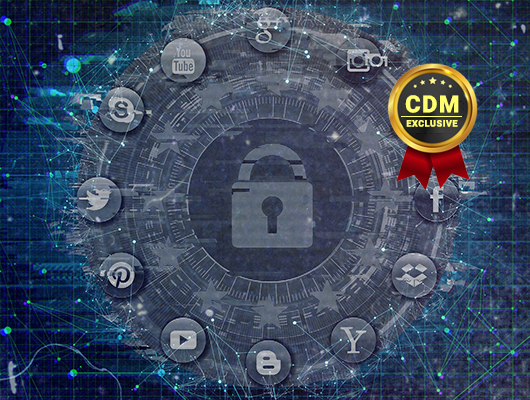By Yair Green, CTO at GlobalDots
The enterprise of today works with an upgraded portfolio which can be viewed as the result of an overall digital transformation. This in turn has brought about the need to rethink and enhance the consequences for the network. In response, Gartner introduced the concept of Secure Access Service Edge (SASE) as a new enterprise networking technology, whereby organizations could ditch time-honored networking and security designs by merging network and security point functionality globally into a consolidated, cloud-native service.
There is certainly a shift these days where we are seeing organizations transitioning all of their users, applications, and data (currently located on-premise), to a general move into the cloud, towards edge applications and a workforce that is spending more of its time working out of the office – ‘on the road’. Together, the forces of cloud, mobility, and edge have all brought pressure upon the enterprise’s old and weary network and security architecture. It doesn’t help to have data spread out all over SaaS applications or across the increasing number of cloud applications. Whilst there is no doubt that such a digital transformation can improve overall agility and competitiveness, it will also require a rethink with respect to how the enterprise connects and secures their connections. As the landscape evolves, so must technology. Perhaps it was inevitable then that something like SASE should make an appearance.
The digital transformation has forced the enterprise to evolve by running more applications in the cloud as SaaS rather than on-premise – more of their data and workloads live in cloud data centers and more of their workforces are mobile – mobile users routinely accessing the cloud and increasing numbers of employees working off-site. The two main challenges for organizations as they ponder how to network and secure offices, users, and resources, will be the cloud and mobility. When the data center is no longer at the core of enterprise activity than where do you inspect traffic and where do you apply policy? Similarly, if the networks are going to be built by connecting resources and users that exist in large part outside of physical buildings, then how will the business deliver optimal network experiences? Of course it can be done – it does require though, binding together a potentially disparate range of security technologies so that enterprise is satisfactorily protected; this could prove both costly and time-consuming for most businesses. In an ideal world, there should be one way to network any kind of resource, location, or user, without leaving the business vulnerable to the wide array of security threats.
Organizations have been all too busy trying to use additional services as a stopgap, as a way to paper over the cracks; but this just complicates things and drives costs upwards. This approach won’t work in today’s digital landscape. By pushing security as close to the user as possible, SASE helps to reduce cost and complexity by focusing on the users that are accessing the applications; it can all be done through one single service now. Also, SASE ensures that all connections are inspected and secured, no matter what. Bear in mind the unique challenges of risk whereby both users and applications are so widely spread apart. In addition, where you have security enforced close to the users, SASE delivers a much better user experience overall. Traditionally, the old model brought the user to the security, but that’s not such a great UX scenario.
Whilst some might argue that SASE’s primary focus IS user experience. There’s no doubt that SASE will be a major disruption to both network and network security architecture. Ultimately businesses will need SASE if they wish to continue their adoption of cloud-native computing and increase their adoption of edge computing platforms. Lessons will have to be learned regarding specific security and risk management actions that will need implementing as SASE adoption picks up. When we see a truly full competitive solutions marketplace, then big business will be in a position to gauge more accurately how capabilities are delivered. In the meantime, businesses will require a converged, secure, and cloud-delivered access to the edge in order to adopt this shift. Digital transformation is shifting the focal point away from the data center, to the identity of the user.
About the Author
 Yair Green is the CTO of GlobalDots, and a Cloud, Security, and Web Performance Evangelist.
Yair Green is the CTO of GlobalDots, and a Cloud, Security, and Web Performance Evangelist.


